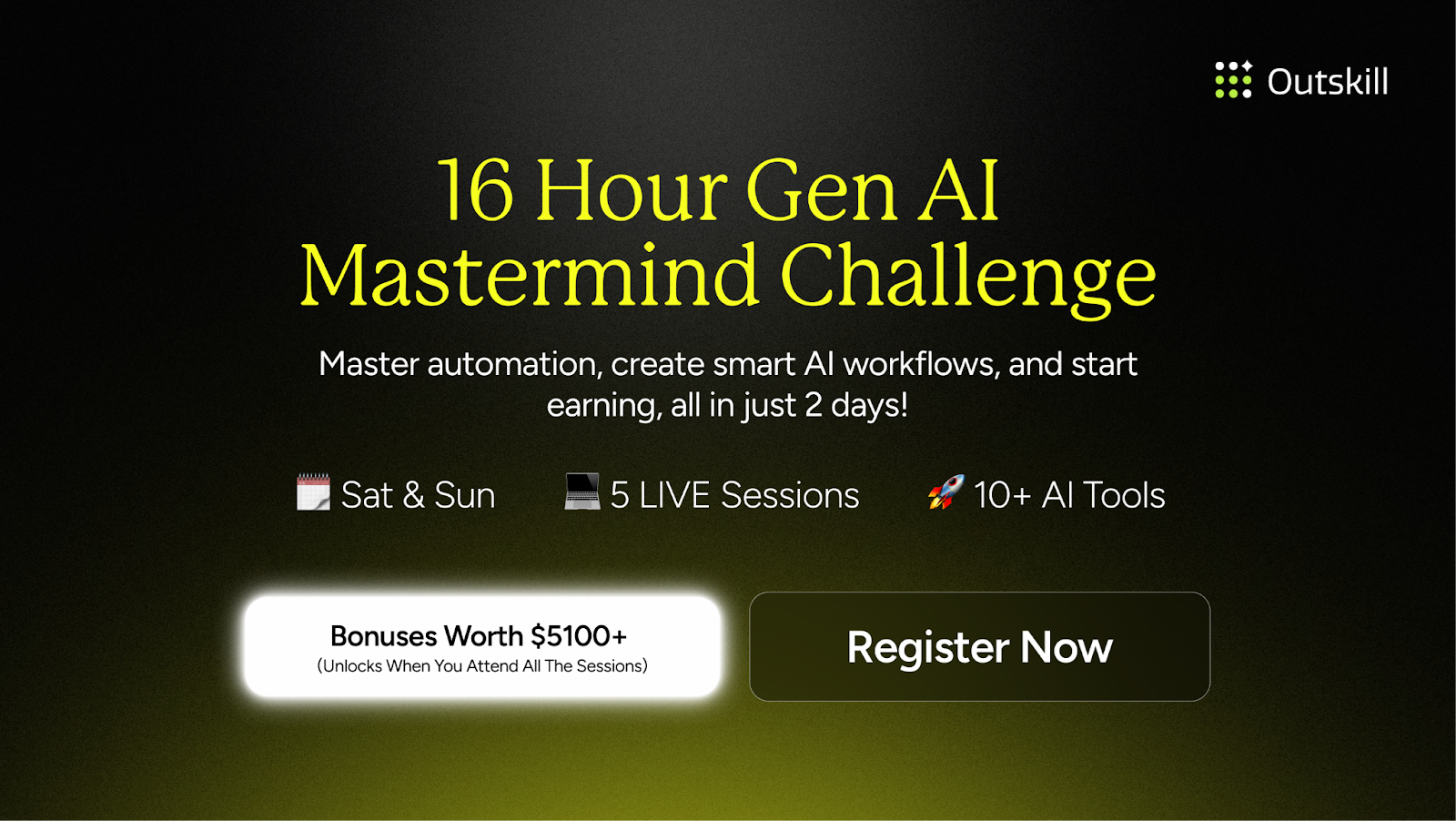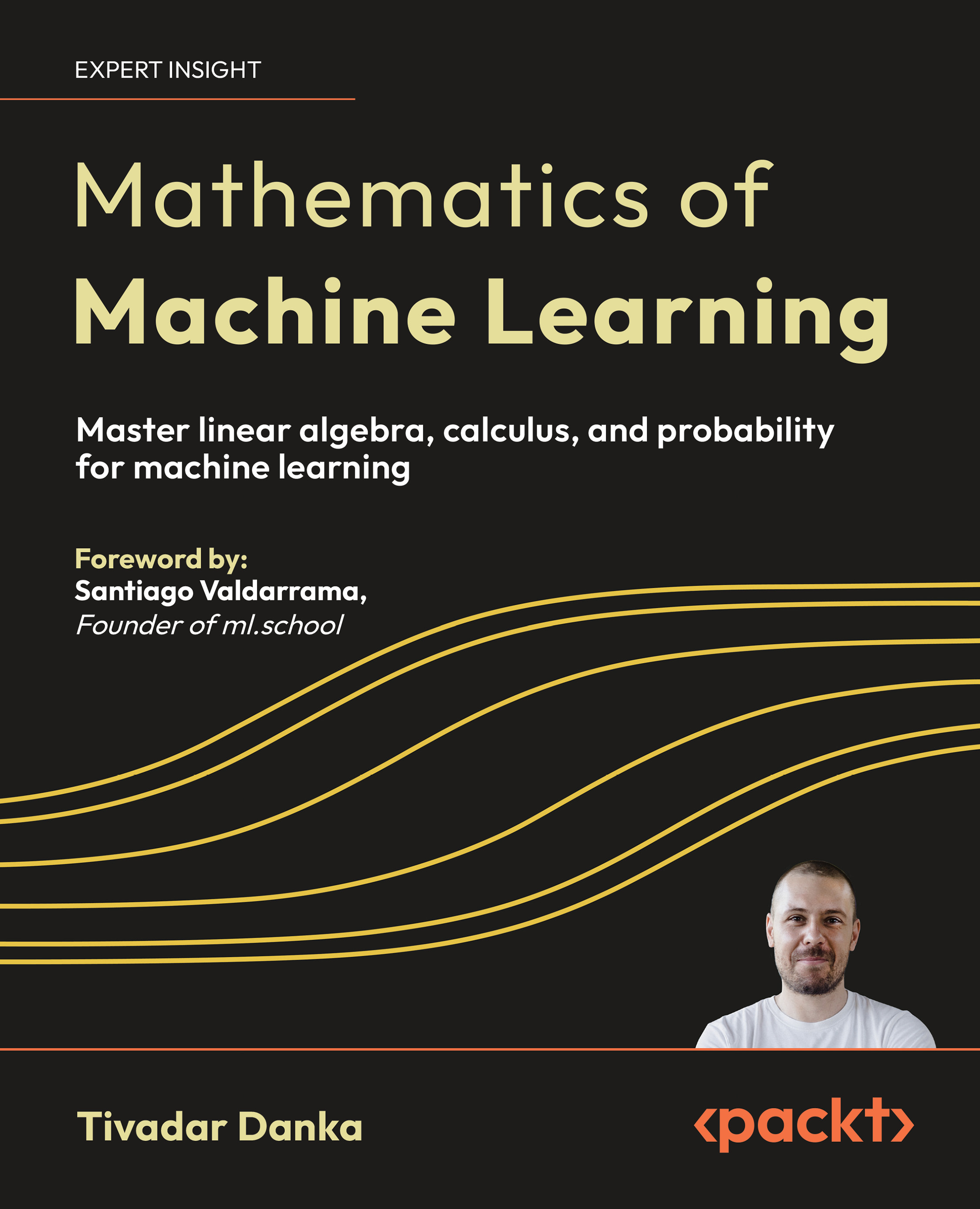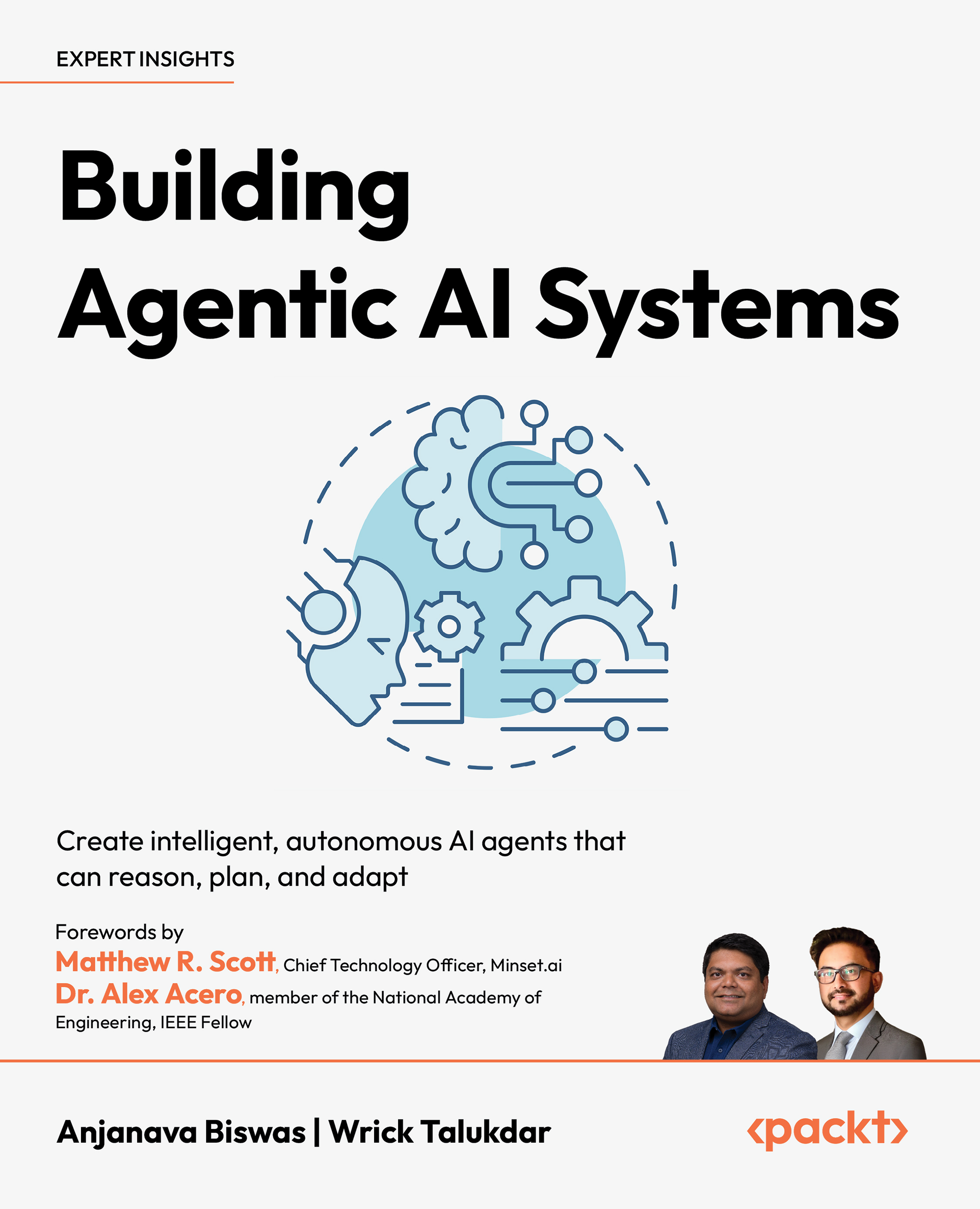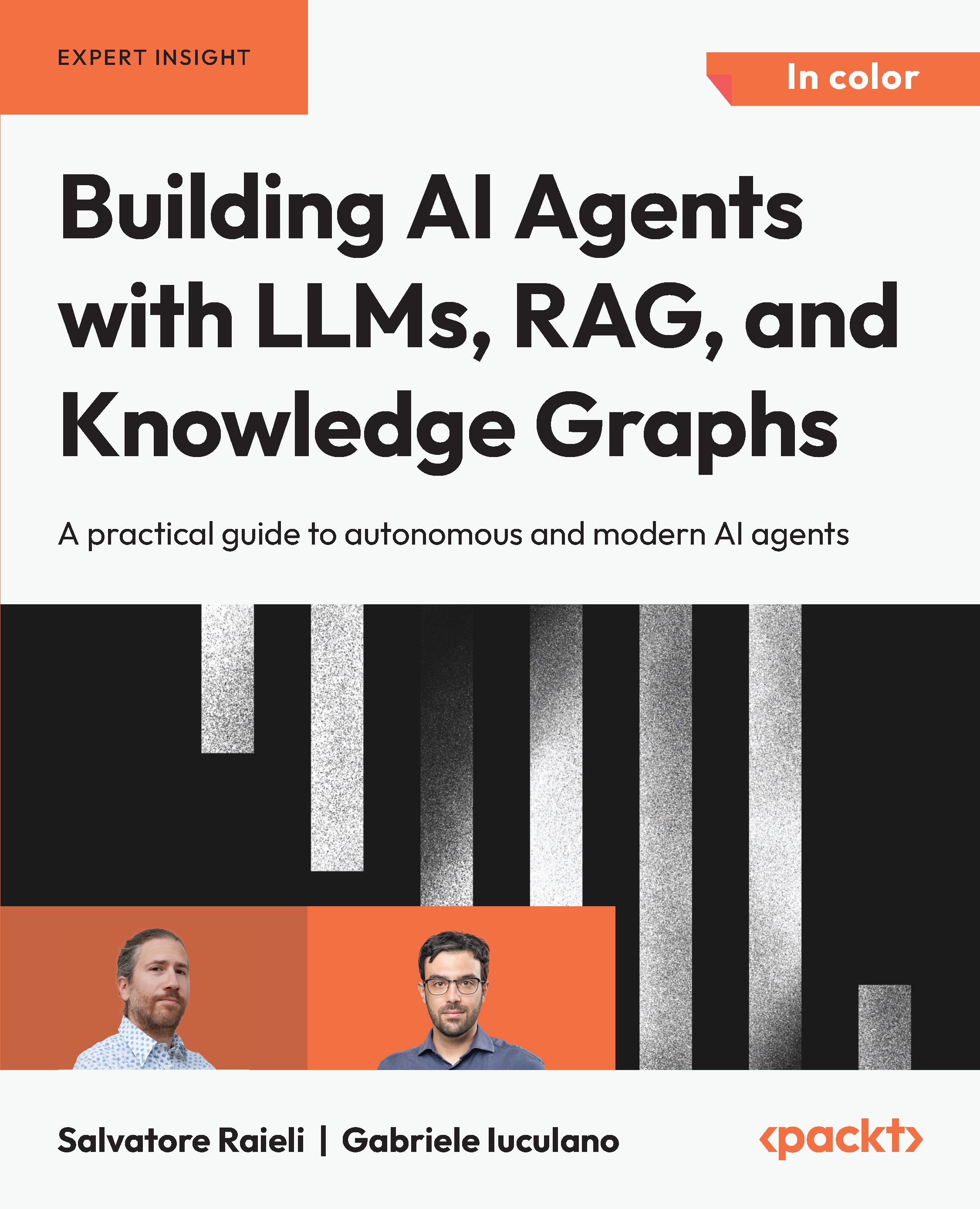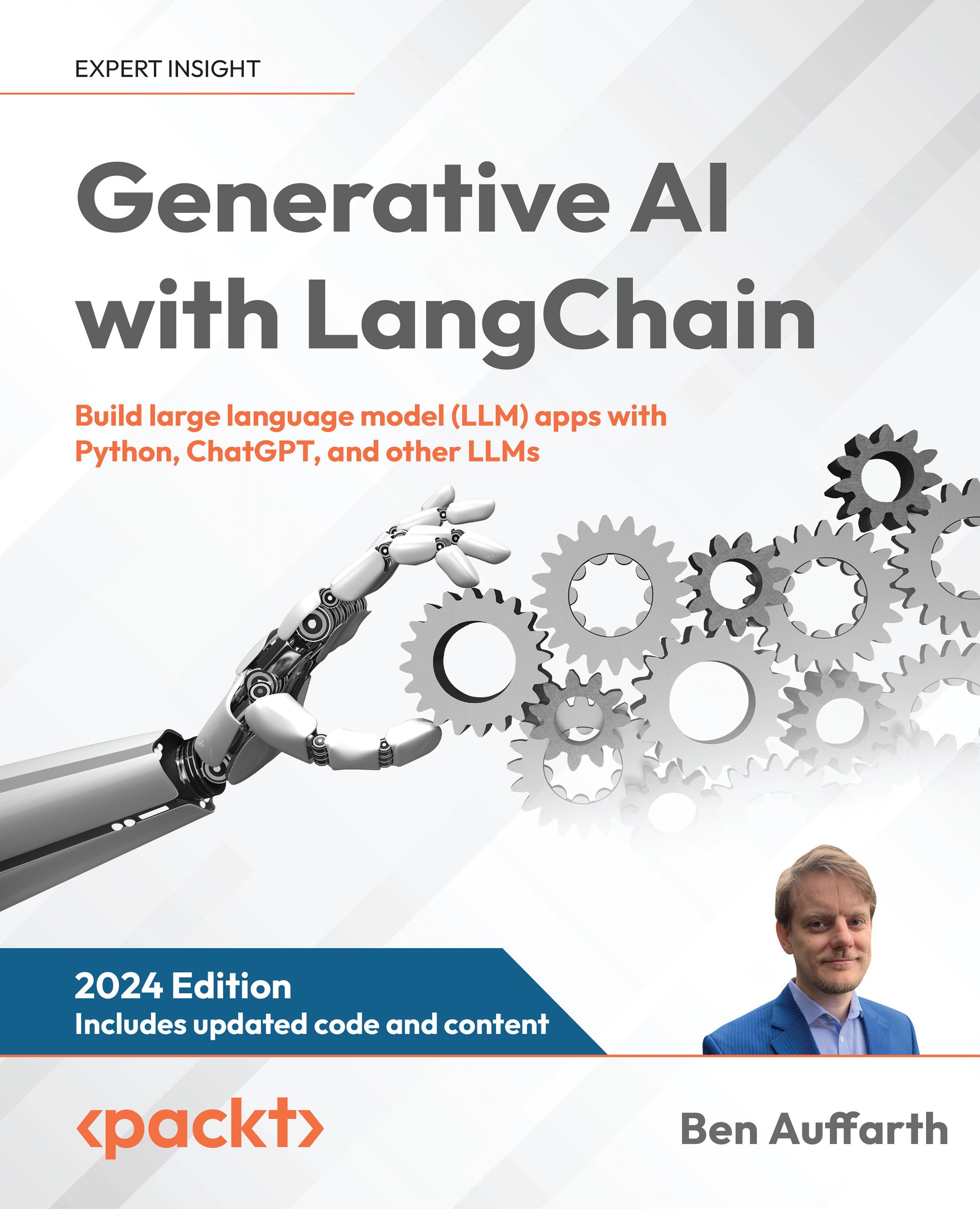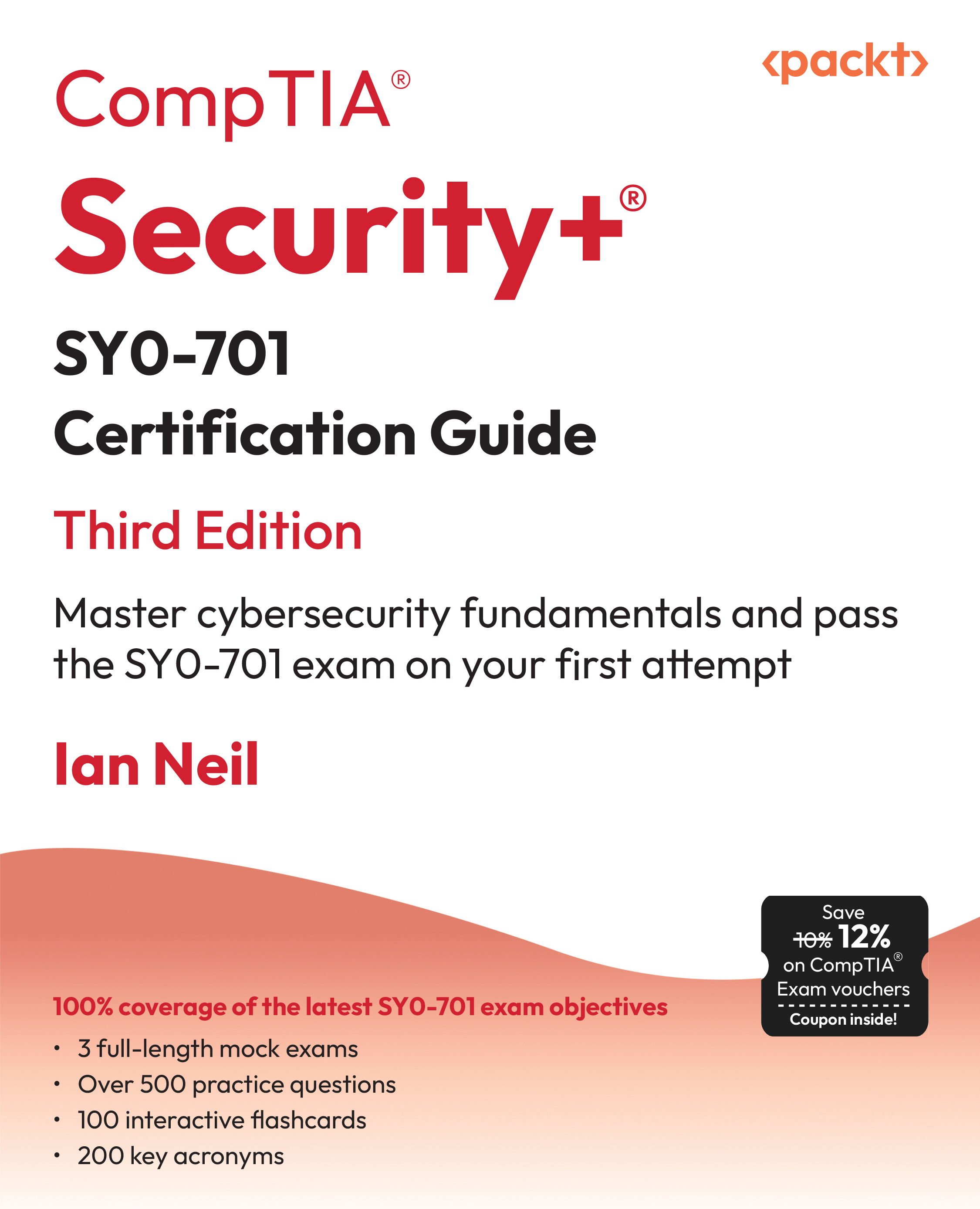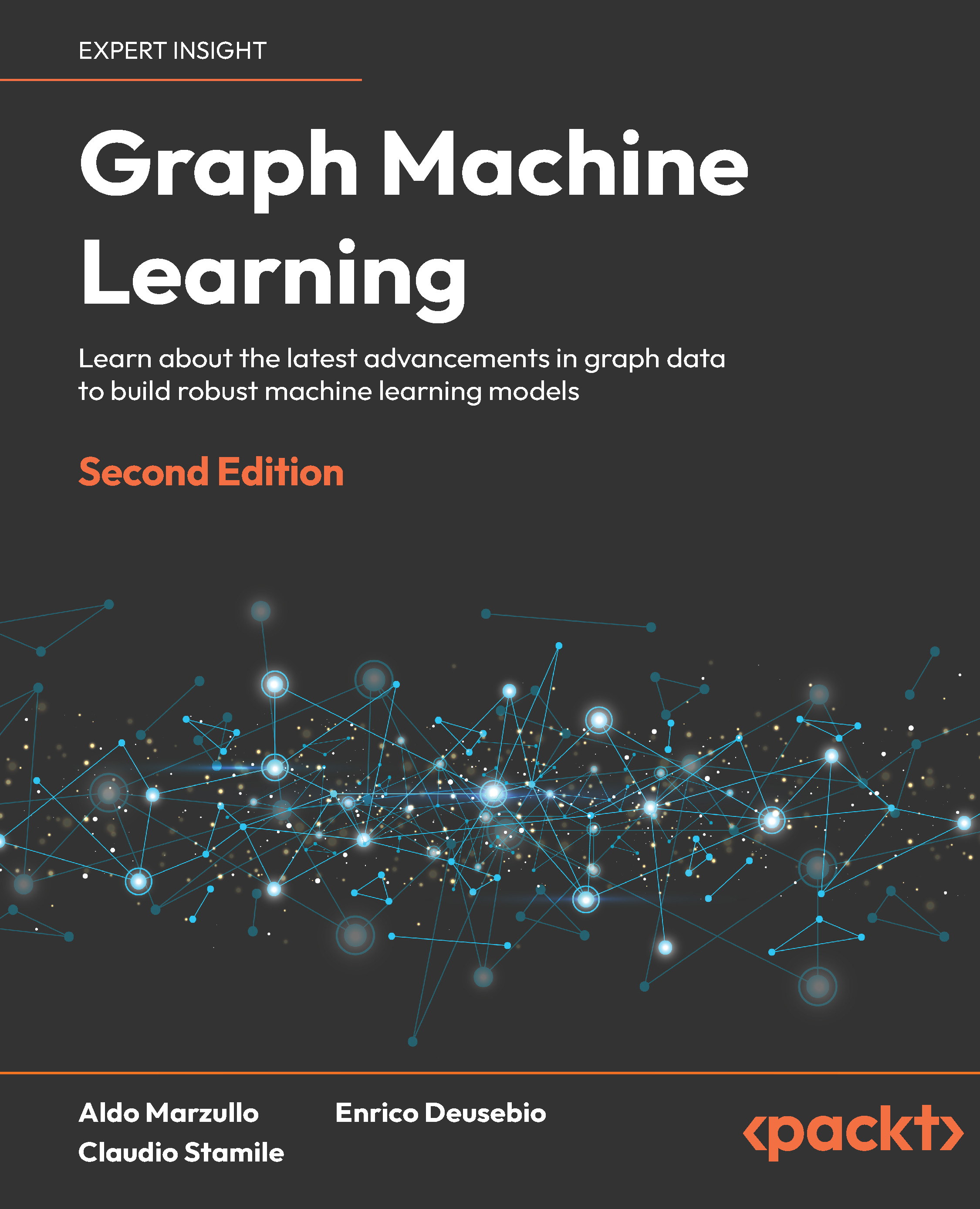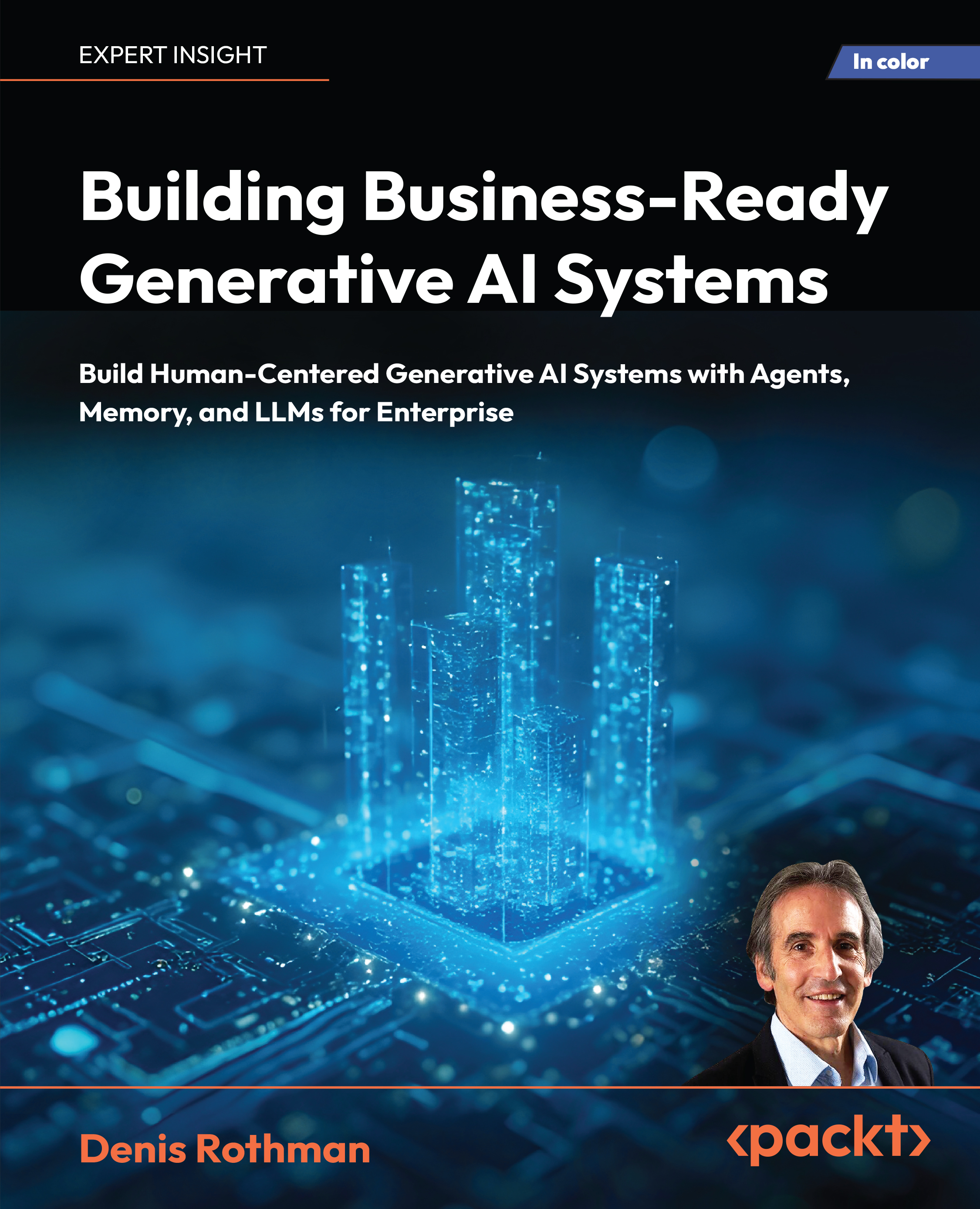🔵 Q2 2025 AI Hypercomputer updates: Google Cloud’s AI Hypercomputer is redefining scale: powering Gemini, Veo 3, and serving 980T+ tokens monthly. Highlights this quarter include Dynamic Workload Scheduler, Cluster Director upgrades, llm-d v0.2, and MaxText/MaxDiffusion improvements. Explore open frameworks, TPU/GPU scaling, and claim $300 free credit to simplify AI deployment and boost performance.
Unlock access to the largest independent learning library in Tech for FREE!
Get unlimited access to 7500+ expert-authored eBooks and video courses covering every tech area you can think of.
Renews at $15.99/month. Cancel anytime
🔵 How to Test an OpenAI Model Against Single-Turn Adversarial Attacks Using deepteam? Learn how to red team OpenAI models with deepteam, an open-source toolkit offering 10+ single-turn adversarial attacks including prompt injection, jailbreaking, leetspeak, Base64, and more. This hands-on guide shows how to install dependencies, set up your API key, define vulnerabilities, and test GPT-4o-mini against real-world adversarial prompts.
🔵 Salesforce AI Releases Moirai 2.0: Salesforce’s Latest Time Series Foundation Model Built on a Decoder‑only Transformer Architecture. Salesforce AI Research introduces Moirai 2.0, a decoder-only transformer that tops GIFT-Eval benchmarks for time series forecasting. It’s 44% faster, 96% smaller, yet more accurate than Moirai_large. With multi-token prediction, advanced filtering, and diverse training data, it enables scalable forecasting across IT ops, sales, demand, and supply chain planning.
🔵 Transform your data to Amazon S3 Tables with Amazon Athena: Amazon Athena now supports CTAS with S3 Tables, enabling serverless SQL-based data transformation with built-in Iceberg optimization, ACID transactions, and automatic maintenance. Easily migrate datasets (CSV, Parquet, JSON, etc.) into analytics-ready tables. The tutorial demonstrates transforming customer review data into S3 Tables, unlocking faster queries, simplified ETL, and robust enterprise-scale analytics.
🔵 Estimating from No Data: Deriving a Continuous Score from Categories. This blog is about how to derive a continuous, fine-grained score from categorical outcomes when only labeled categories are available for training. It explains why standard classifiers fail to produce meaningful scores, and demonstrates how low-capacity networks with a linear bottleneck and category approximator head can generate interpretable, ordered risk scores.
 United States
United States
 Great Britain
Great Britain
 India
India
 Germany
Germany
 France
France
 Canada
Canada
 Russia
Russia
 Spain
Spain
 Brazil
Brazil
 Australia
Australia
 South Africa
South Africa
 Thailand
Thailand
 Ukraine
Ukraine
 Switzerland
Switzerland
 Slovakia
Slovakia
 Luxembourg
Luxembourg
 Hungary
Hungary
 Romania
Romania
 Denmark
Denmark
 Ireland
Ireland
 Estonia
Estonia
 Belgium
Belgium
 Italy
Italy
 Finland
Finland
 Cyprus
Cyprus
 Lithuania
Lithuania
 Latvia
Latvia
 Malta
Malta
 Netherlands
Netherlands
 Portugal
Portugal
 Slovenia
Slovenia
 Sweden
Sweden
 Argentina
Argentina
 Colombia
Colombia
 Ecuador
Ecuador
 Indonesia
Indonesia
 Mexico
Mexico
 New Zealand
New Zealand
 Norway
Norway
 South Korea
South Korea
 Taiwan
Taiwan
 Turkey
Turkey
 Czechia
Czechia
 Austria
Austria
 Greece
Greece
 Isle of Man
Isle of Man
 Bulgaria
Bulgaria
 Japan
Japan
 Philippines
Philippines
 Poland
Poland
 Singapore
Singapore
 Egypt
Egypt
 Chile
Chile
 Malaysia
Malaysia
